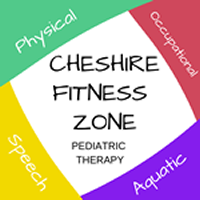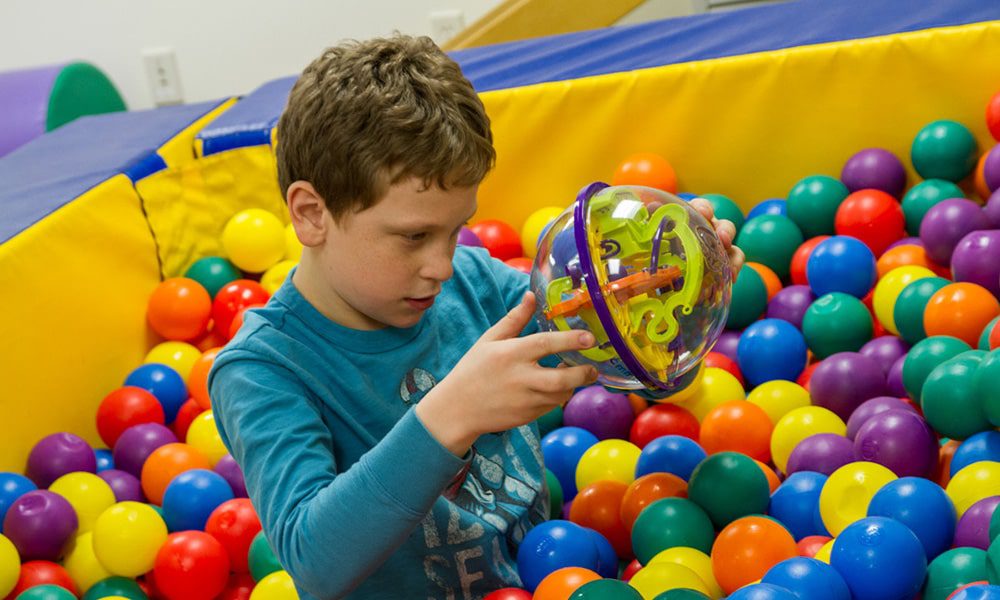One of the forms of therapy that has interested many people in the recent past is aquatic therapy. This is a very safe form of physical therapy that also turns out to be quite a lot of fun, which means that many people can take part in it with ease. It’s also apparent that almost anyone can take part in aquatic therapy, whether you have a medical condition that requires treatment or not.
There are a number of techniques that are usually used to provide such therapy. If you are interested in it, it is essential that you consult a reliable therapy provider. This way, you will have access to all the techniques used. Since some of the techniques are a bit more technical, working with an established firm will make it easier for you to benefit from them since they can give you the right guidance on how to perform them. Some of the more common techniques include:
Ai Chi
This is an aquatic therapy technique that was developed in the early 90s by Jun Konno. The basic premise behind this form of therapy is diaphragmatic breathing, as well as the use of resistance training in water. The main goal of the technique is to encourage one to relax, and to also gain body strength. This is an ideal form of therapy to both relieve stress and to gain body strength. The fact that it’s not as intensive as say going to the gym makes it the perfect way for relatively weak individuals (such as those who have been chronically ill) to start gaining strength. Once they are comfortable with Ai Chi, they can then proceed to more demanding exercises such as in the gym.
Aqua running
This is a form of jogging that takes place under water. It is a very good cardiovascular conditioning exercise, since it allows one to avoid high impacts but still get some cardiovascular exercise. It is most ideal for people who are unlikely to tolerate high impacts, such as injured athletes. In order to do aqua running, one is usually expected to wear a floatation device around the neck to keep their heads above the water.
The Burdenko method
This is an aquatic therapy technique that is designed to develop flexibility, coordination, balance, strength and speed. It involves the use of buoyant equipment that has been designed specifically to challenge one’s center of gravity with the body in a vertical positions. The speed can be varied to challenge one’s reaction to the changes in the center of gravity.
Watsu
Watsu is a form of aquatic therapy that involves having an individual perform flowing movements under water. It has been designed to deeply relax an individual, and to provide them with a therapeutic benefit. This form of aquatic therapy is always performed under the guidance of a trained therapist.
There are many other techniques apart from the above, each designed to solve a particular problem. By getting the aquatic therapy service from an established firm, you can be helped to quickly identify what you need from the therapy, and to figure out which technique to use to achieve this.



